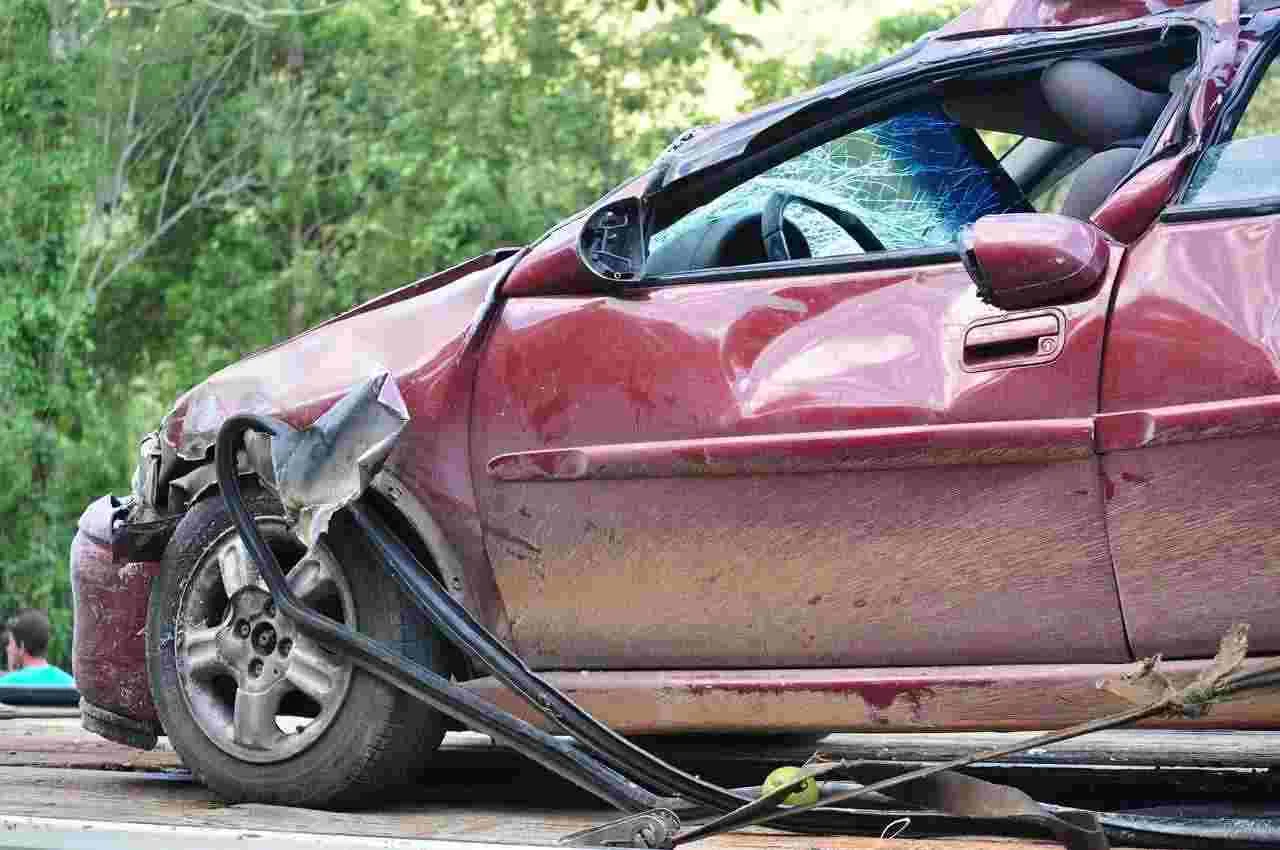Comparative Negligence in Car Accidents: What It Means for You

Accidents happen. But when they occur on the road, understanding who is at fault can become a complex, even contentious, issue. One legal concept that comes into play is “comparative negligence.” This principle can have a significant impact on the outcome of a personal injury claim following a car accident. This blog post aims to shed light on what comparative negligence is, how it works under South Carolina law, and how it could affect your car accident claim.
What is Comparative Negligence?
Comparative negligence is a legal principle used to determine fault and allocate damages in personal injury cases, including car accidents. It considers the extent to which each party involved is responsible for the accident. In other words, it’s not always one driver’s fault entirely; both parties could share the blame to varying degrees.
How Does South Carolina Apply Comparative Negligence?
South Carolina follows the rule of “modified comparative negligence.” Under this rule, you can still recover damages if you are partially at fault for the accident, but your percentage of fault must be 50% or less. If you are found to be more than 50% at fault, you cannot recover any damages.
Breaking Down the Math
Suppose you get into a car accident, and the total damages amount to $100,000. After evaluating the case, it’s determined that you are 20% at fault for the accident while the other driver is 80% at fault. In South Carolina, you would be eligible to recover 80% of the total damages, which is $80,000.
Why Does Comparative Negligence Matter?
Understanding the concept of comparative negligence is crucial because it can significantly affect the amount you can recover in a car accident claim. Even if you think you may be partially at fault, under South Carolina law, you may still be entitled to compensation. This rule encourages parties to come forward and seek justice even if they share some of the blame.
Gathering Evidence to Prove Your Case
Given the potential complexities of comparative negligence, gathering robust evidence is critical. This may include:
- Police Reports: These often provide an initial assessment of fault and can be a valuable piece of evidence.
- Eyewitness Accounts: Witnesses can offer an unbiased view of the accident, helping establish the actions of each driver.
- Photographs and Video: Visual evidence from the scene can help reconstruct the accident and establish fault.
- Expert Testimony: Accident reconstruction experts can offer insights into the mechanics of the accident, further clarifying who is at fault.
South Carolina-Specific Implications
Statute of Limitations
In South Carolina, the statute of limitations for filing a personal injury claim, including car accidents, is generally three years from the date of the accident. Given the complexities associated with determining comparative negligence, it’s advisable to consult legal guidance promptly.
Insurance Claims
South Carolina’s comparative negligence rule also applies to insurance claims. Therefore, your degree of fault will similarly affect the amount you can recover from an insurance settlement.
Conclusion
Comparative negligence can add a layer of complexity to car accident claims, but it’s a crucial concept to understand when navigating the legal landscape in South Carolina. Being informed about how comparative negligence works can prepare you for the potential hurdles and opportunities you may encounter in your journey to secure fair compensation.
Understanding the intricacies of comparative negligence can significantly impact your ability to obtain just compensation after a car accident. Arm yourself with knowledge and seek professional advice to navigate this often complicated legal terrain.

